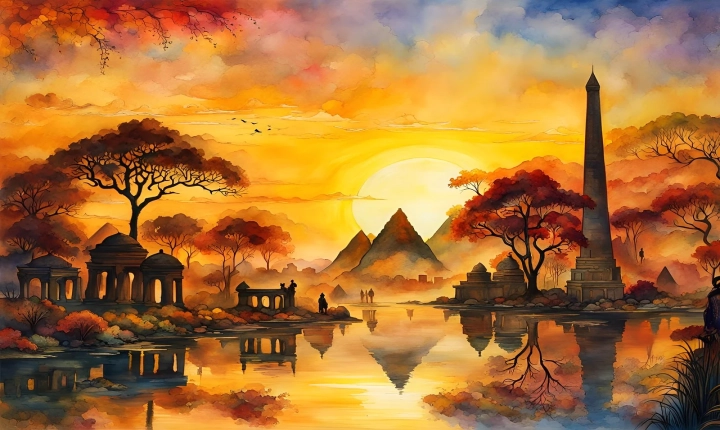Title: How to Create AI-Generated Images
With the advancements in artificial intelligence (AI) and machine learning, creating AI-generated images has become more accessible and feasible for anyone with an interest in digital art. This article will walk you through the process of creating AI-generated images, step by step.
Step 1: Choose the Right Tools and Software
There are several AI-based platforms and tools available that can assist you in generating images. Some popular options include Deep Dream Generator, RunwayML, and Google’s Magenta Studio. These platforms offer a range of features and algorithms that allow users to create unique and impressive images using AI techniques.
Step 2: Understand the Basics of AI Image Generation
Before diving into the creation process, it’s essential to have a basic understanding of how AI image generation works. AI-generated images are created using neural networks, a type of machine learning algorithm that can recognize patterns and generate new content based on training data. By feeding the system with specific images or styles, you can prompt the AI to create new, original images based on the input.
Step 3: Gather Training Data
To train the AI model to generate images, you will need to gather relevant training data. This can include a collection of images, drawings, paintings, or any visual data that you want the AI to learn from. The quality and diversity of the training data can significantly impact the results of your AI-generated images.
Step 4: Select a Style or Input
Once you have your training data ready, you can select a style or input that you want the AI to replicate or generate. This could be anything from abstract art, landscapes, portraits, or even your own drawings. The AI model will use this input to create new images with similar characteristics and style.
Step 5: Use the AI Platform to Generate Images
Depending on the platform or tool you choose, you can input your chosen style or image and let the AI algorithms do the rest. The AI will analyze the input, identify patterns, and generate new images based on the trained data and your input. Experiment with different parameters, settings, and styles to explore the full potential of the AI-generated images.
Step 6: Refine and Experiment
Creating AI-generated images is an iterative process. After generating initial images, take the time to review and refine the results. Experiment with different inputs, styles, and adjustments to achieve the desired output. By refining the training data and adjusting the parameters, you can continue to improve the quality and creativity of the AI-generated images.
Step 7: Share and Showcase Your Creations
Once you have created AI-generated images that you’re proud of, consider sharing them with the digital art community. Share your process, techniques, and insights on social media, art platforms, or forums to connect with other digital artists and enthusiasts. You may even inspire others to explore AI image generation and push the boundaries of creativity in digital art.
In conclusion, creating AI-generated images is a fascinating and rewarding process that combines artistry with cutting-edge technology. By selecting the right tools, understanding the basics of AI image generation, gathering training data, and experimenting with different styles and inputs, anyone can create beautiful and imaginative AI-generated images. With the growing accessibility of AI technologies, the possibilities for creating unique and captivating digital art are endless. So, unleash your creativity and dive into the world of AI-generated images.
